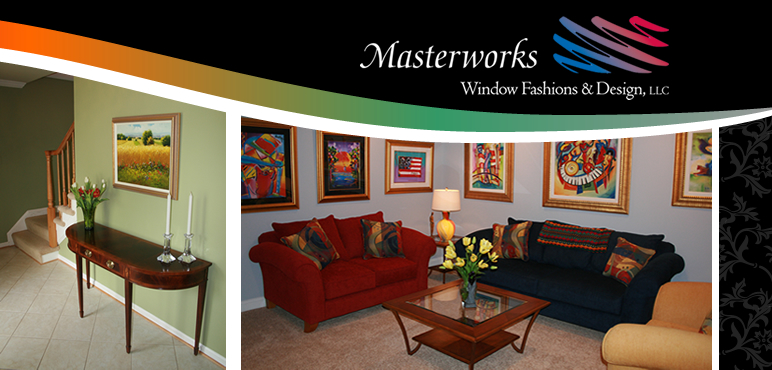Published by Linda H Bassert on 27 Feb 2014 at 05:53 am
Color 101: The Value of “Value”
Color 101: Another in a series of basic understandings you should have about color, in order to more easily select paint color.
The Value of “Value”.
We already have a sense of what is too bright, or not bright enough, in terms of the color we want to live with, or use in a particular space. This is referred to as the chroma of the color.And we tend to think of the hue, or color name, when we are searching for the right paint color. The right blue, or green, or red, or lavender, or gray….
But in order to select a paint color, what we should concentrate on is the right color value, because it narrows down our choice the quickest, and means we have fewer paint colors which we need to consider for any one space. Value, when used to describe color, is describing where the color stands between black, or the darkest shade of the color, and white, or the lightest tint of the color. Notice how the shades of gray, varying from lighter to darker, on this paint can image, give the can more depth, making a two dimensional image appear to be three dimensional. On the other hand, there is very little gradation on the paint brush, so it still appears much more two dimensional.
We see contrast before color. And we see the contrast, or light and shadow play, in our homes, on a daily basis. Value, in the context of color, describes a level of contrast.
Think about your room as if you took a photo of it, and printed it in grayscale.
Or think of it as if you were looking at one of those old black and white TV shows.
People were wearing colors in those TV shows, but they had to know the value of the colors, so an actor didn’t sit down in a chair and suddenly become a disembodied head and arms, and so in the same way the chair didn’t disappear into the wall.
Today we have the same concerns. We still don’t want the sofa or a chair to disappear into a wall because it is too close to the wall color. We want our accessories and art to stand out.
In this bedroom, an accent wall in tomato red causes the artwork to stand out, and the lighter colored headboard also is not lost. But look at how little a difference in value there is between the accent wall and the chair. And there is only a little bit more of a value difference between the chair and the rug. We are losing the chair in this space. A lighter value wall, or a lighter value chair, would have been a better combination. Alternatively, a bright pillow in the chair would be another way to balance the colors in this space.
Take a look at this value chart, and use it in any room in your home. If you suddenly lived in grayscale, what would the values be in the space you are looking at? Do you have every value from light to dark, or are you mostly at one end of the chart or the other? As long as you have some variation, you don’t need to cover every value. You may prefer light airy spaces, or deeper, complex, richly colored interiors. But some value variation adds contrast, and that will be pleasing.
-Linda





